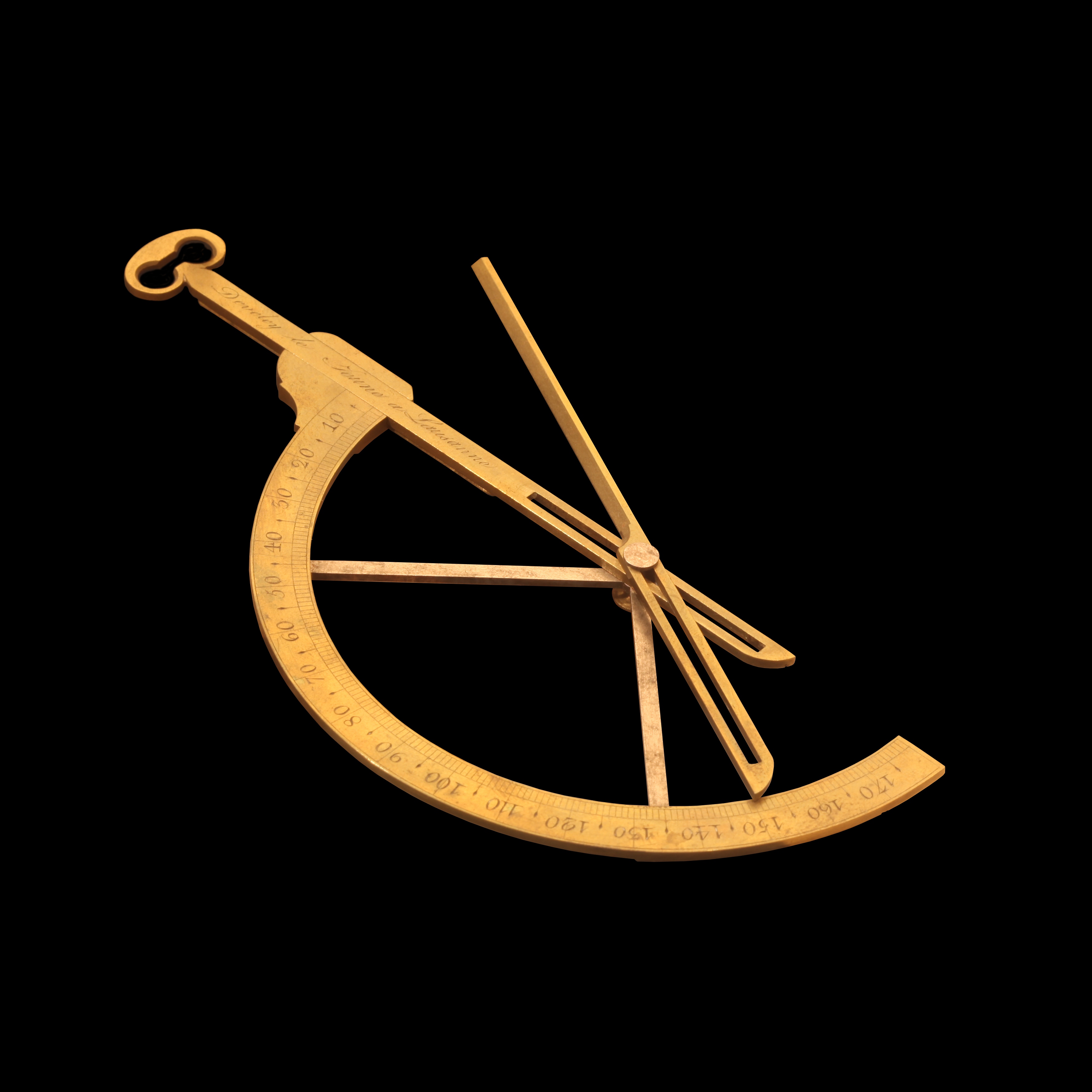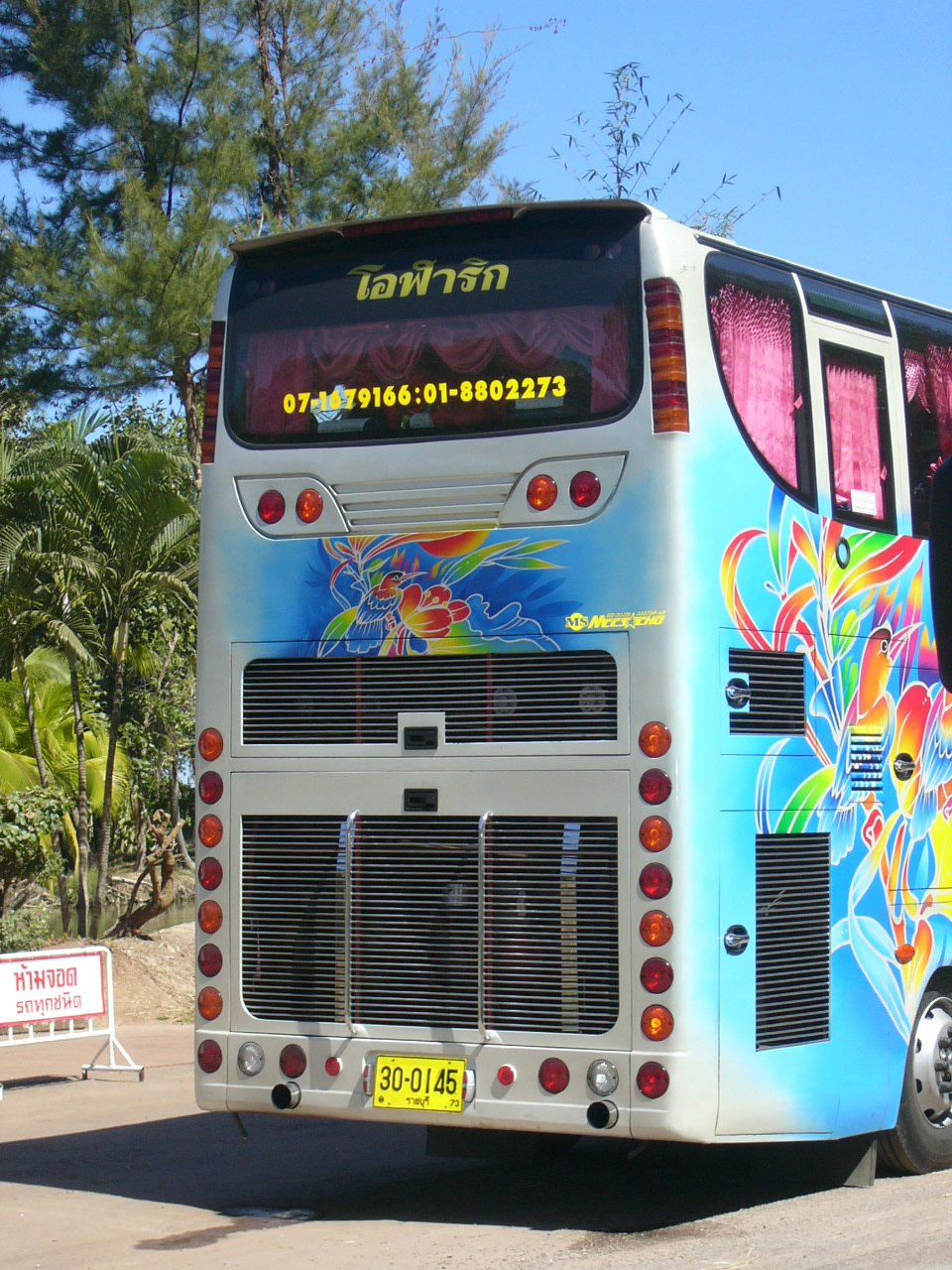|
Goniophotometer
A Goniophotometer is a device used for measurement of the light emitted from an object at different angles. The use of goniophotometers has been increasing in recent years with the introduction of LED-light sources, which are mostly directed light sources, where the spatial distribution of light is not homogeneous. If a light source is homogeneous in its distribution of light, it is called a Lambertian source. Due to strict regulations, the spatial distribution of light is of high importance to automotive lighting and its design. Uses A goniophotometer can be used for various applications: * Measurement of luminous flux of a light source * Measurement of luminous intensity distribution from a source much smaller than the size of the goniophotometer Equipped with color sensors additional characteristics can be measured * Distribution of correlated color temperature * Color uniformity Types The various types of goniophotometer are defined here which is derive from publication "CI ... [...More Info...] [...Related Items...] OR: [Wikipedia] [Google] [Baidu] |
Goniometer
A goniometer is an instrument that either measures an angle or allows an object to be rotated to a precise angular position. The term goniometry derives from two Greek words, γωνία (''gōnía'') 'angle' and μέτρον (''métron'') 'measure'. The first known description of a goniometer, based on the astrolabe, was by Gemma Frisius in 1538. Applications Surveying Prior to the invention of the theodolite, the goniometer was used in surveying. The application of triangulation to geodesy was described in the second (1533) edition of ''Cosmograficus liber'' by Petri Appiani as a 16-page appendix by Frisius entitled ''Libellus de locorum describendorum ratione''. Communications The Bellini–Tosi direction finder was a type of radio direction finder that was widely used from World War I to World War II. It used the signals from two crossed antennas, or four individual antennas simulating two crossed ones, to re-create the radio signal in a small area between two loops ... [...More Info...] [...Related Items...] OR: [Wikipedia] [Google] [Baidu] |
Automotive Lighting
The lighting system of a motor vehicle consists of lighting and signalling devices mounted to or integrated into the front, rear, sides, and in some cases the top of a motor vehicle. They illuminate the road ahead for the driver and increase the vehicle's visibility, allowing other drivers and pedestrians to see its presence, position, size, direction of travel, and its driver's intentions. Emergency vehicles usually have distinctive lighting equipment to warn drivers and indicate priority of movement in traffic. History Early road vehicles used fuelled lamps before the availability of electric lighting. The Ford Model T used carbide lamps for headlights and oil lamps for tail lights. It did not have all-electric lighting as a standard feature until several years after its introduction. Dynamos for automobile headlights were first fitted around 1908 and became commonplace in 1920s automobiles. Silent film star Florence Lawrence is often credited with designing the first " ... [...More Info...] [...Related Items...] OR: [Wikipedia] [Google] [Baidu] |
Luminous Flux
In photometry, luminous flux or luminous power is the measure of the perceived power of light. It differs from radiant flux, the measure of the total power of electromagnetic radiation (including infrared, ultraviolet, and visible light), in that luminous flux is adjusted to reflect the varying sensitivity of the human eye to different wavelengths of light. Units The SI unit of luminous flux is the lumen (lm). One lumen is defined as the luminous flux of light produced by a light source that emits one candela of luminous intensity over a solid angle of one steradian. 1\ \text = 1\ \text \times 1\ \text In other systems of units, luminous flux may have units of power. Weighting The luminous flux accounts for the sensitivity of the eye by weighting the power at each wavelength with the luminosity function, which represents the eye's response to different wavelengths. The luminous flux is a weighted sum of the power at all wavelengths in the visible band. Light outside the vi ... [...More Info...] [...Related Items...] OR: [Wikipedia] [Google] [Baidu] |
Luminous Intensity
In photometry, luminous intensity is a measure of the wavelength-weighted power emitted by a light source in a particular direction per unit solid angle, based on the luminosity function, a standardized model of the sensitivity of the human eye. The SI unit of luminous intensity is the candela (cd), an SI base unit. Measurement Photometry deals with the measurement of visible light as perceived by human eyes. The human eye can only see light in the visible spectrum and has different sensitivities to light of different wavelengths within the spectrum. When adapted for bright conditions (photopic vision), the eye is most sensitive to yellow-green light at 555 nm. Light with the same radiant intensity at other wavelengths has a lower luminous intensity. The curve which measures the response of the human eye to light is a defined standard, known as the luminosity function. This curve, denoted ''V''(λ) or \textstyle \overline(\lambda), is based on an average of widely ... [...More Info...] [...Related Items...] OR: [Wikipedia] [Google] [Baidu] |
Colorimetry
Colorimetry is "the science and technology used to quantify and describe physically the human color perception". It is similar to spectrophotometry, but is distinguished by its interest in reducing spectra to the physical correlates of color perception, most often the CIE 1931 XYZ color space tristimulus values and related quantities. History The Duboscq colorimeter was invented by Jules Duboscq in 1870. Instruments Colorimetric equipment is similar to that used in spectrophotometry. Some related equipment is also mentioned for completeness. * A tristimulus colorimeter measures the tristimulus values of a color. * A spectroradiometer measures the absolute spectral radiance (intensity) or irradiance of a light source. * A spectrophotometer measures the spectral reflectance, transmittance, or relative irradiance of a color sample. * A ''spectrocolorimeter'' is a spectrophotometer that can ''calculate'' tristimulus values. * A densitometer measures the degree of light ... [...More Info...] [...Related Items...] OR: [Wikipedia] [Google] [Baidu] |
Correlated Color Temperature
Color temperature is the color of light emitted by an idealized opaque, non-reflective body at a particular temperature measured in kelvins. The color temperature scale is used to categorize the color of light emitted by other light sources regardless of their temperature. Color temperature is a characteristic of visible light that has important applications in lighting, photography, videography, publishing, manufacturing, astrophysics, horticulture, and other fields. In practice, color temperature is meaningful only for light sources that do in fact correspond somewhat closely to the color of some black body, i.e., light in a range going from red to orange to yellow to white to bluish white; it does not make sense to speak of the color temperature of, e.g., a green or a purple light. Color temperature is conventionally expressed in kelvins, using the symbol K, a unit of measure for absolute temperature. Color temperatures over 5000 K are called "cool colors" (bluish), ... [...More Info...] [...Related Items...] OR: [Wikipedia] [Google] [Baidu] |
International Commission On Illumination
The International Commission on Illumination (usually abbreviated CIE for its French name, Commission internationale de l'éclairage) is the international authority on light, illumination, colour, and colour spaces. It was established in 1913 as a successor to the Commission Internationale de Photométrie, which was founded in 1900, and is today based in Vienna, Austria. Organization The CIE has six active divisions, each of which establishes technical committees to carry out its program: * Division 1: Vision and Colour * Division 2: Physical Measurement of Light and Radiation * Division 3: Interior Environment and Lighting Design * Division 4: Transportation and Exterior Applications * Division 6: Photobiology and Photochemistry * Division 8: Image Technology Two divisions are no longer active: * Division 5: Exterior Lighting and Other Applications * Division 7: General Aspects of Lighting The President of the CIE from 2019 is Dr Peter Blattner from Switzerland. CIE publi ... [...More Info...] [...Related Items...] OR: [Wikipedia] [Google] [Baidu] |
Integrating Sphere
An integrating sphere (also known as an Ulbricht sphere) is an optical component consisting of a hollow spherical cavity with its interior covered with a diffuse reflection, diffuse white reflective coating, with small holes for entrance and exit ports. Its relevant property is a uniform scattering or diffusing effect. Light rays incident on any point on the inner surface are, by multiple scattering reflections, distributed equally to all other points. The effects of the original direction of light are minimized. An integrating sphere may be thought of as a diffuser (optics), diffuser which preserves power but destroys spatial information. It is typically used with some light source and a detector for optical power measurement. A similar device is the focusing or Coblentz sphere, which differs in that it has a mirror-like (specular) inner surface rather than a diffuse inner surface. In 1892, W. E. Sumpner published an expression for the throughput of a spherical enclosure with dif ... [...More Info...] [...Related Items...] OR: [Wikipedia] [Google] [Baidu] |
Goniophotometry
Goniophotometry or goniometric optical scatter measurement is the technique of measuring the angular distribution of light, possibly wavelength-dependent, scattered from a surface. Goniophotometry is used to measure intensity distributions from lamps and luminaries and to evaluate the gloss of paints and other surface finishes. References * ASTM ASTM International, formerly known as American Society for Testing and Materials, is an international standards organization that develops and publishes voluntary consensus technical standards for a wide range of materials, products, systems, an ... E2387-19 "Standard Practice for Goniometric Optical Scatter Measurements Scattering, absorption and radiative transfer (optics) {{scattering-stub ... [...More Info...] [...Related Items...] OR: [Wikipedia] [Google] [Baidu] |
EULUMDAT
EULUMDAT is a data file format used for specification of photometric data especially intensity distributions from light sources such as lamps and luminaries. The file extension is .ldt. The format was proposed by Axel Stockmar (Light Consult Inc., Berlin) in 1990. The format is the European equivalent to the IES file format specified in IESNA LM-63. The data in an EULUMDAT file is usually measured using a goniophotometer A Goniophotometer is a device used for measurement of the light emitted from an object at different angles. The use of goniophotometers has been increasing in recent years with the introduction of LED-light sources, which are mostly directed light .... The IES file format is more formally specified and many measuring instruments support both formats of file. External linksDefinition for the EULUMDAT formath1> References Lighting Computer file formats Photometry {{Compu-stub ... [...More Info...] [...Related Items...] OR: [Wikipedia] [Google] [Baidu] |






